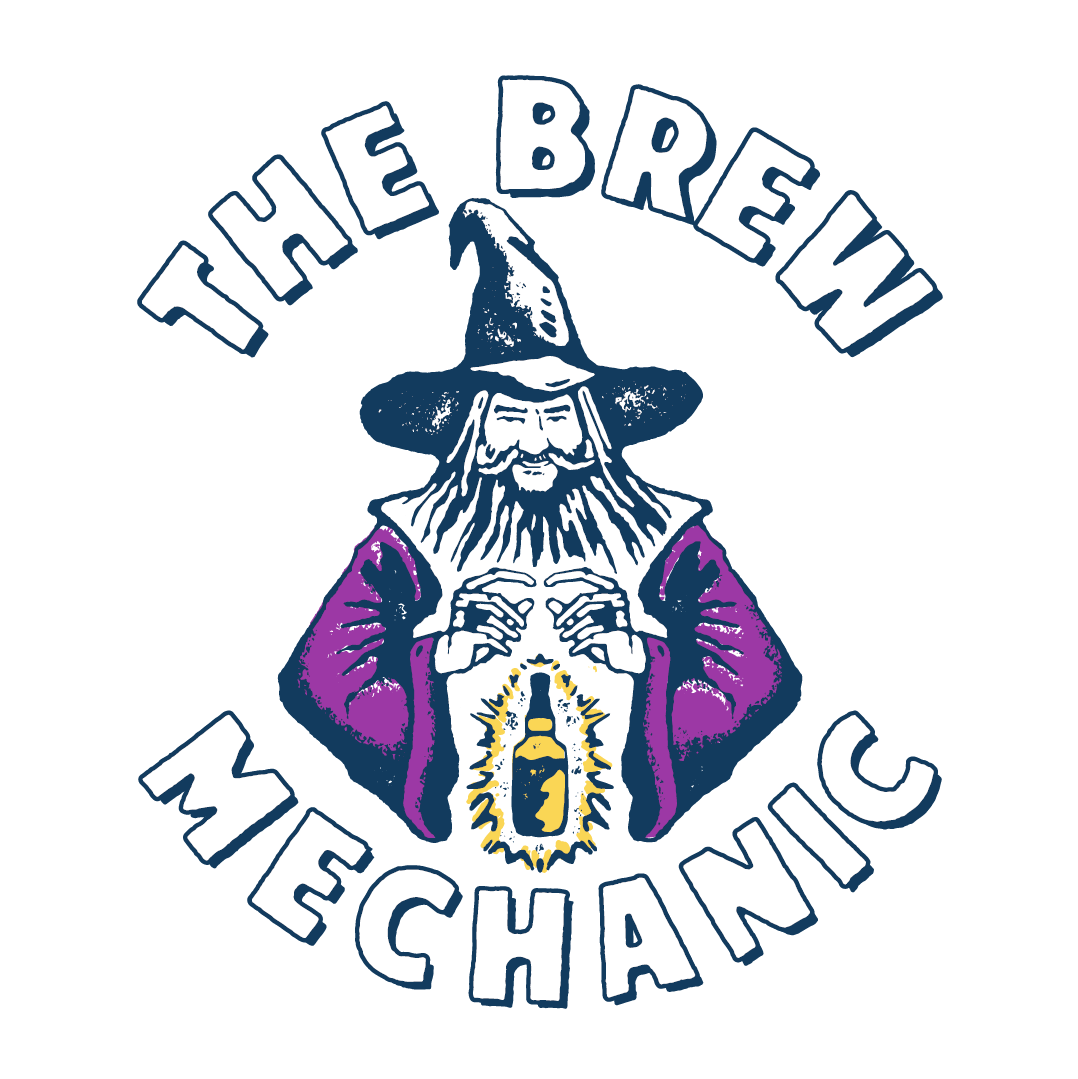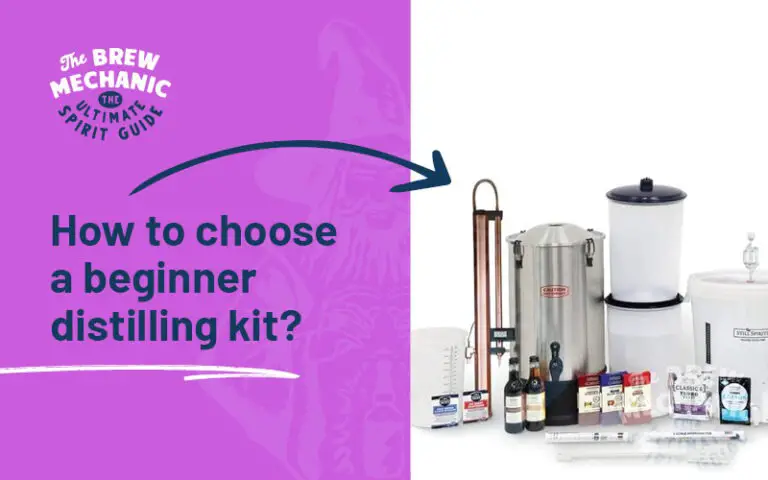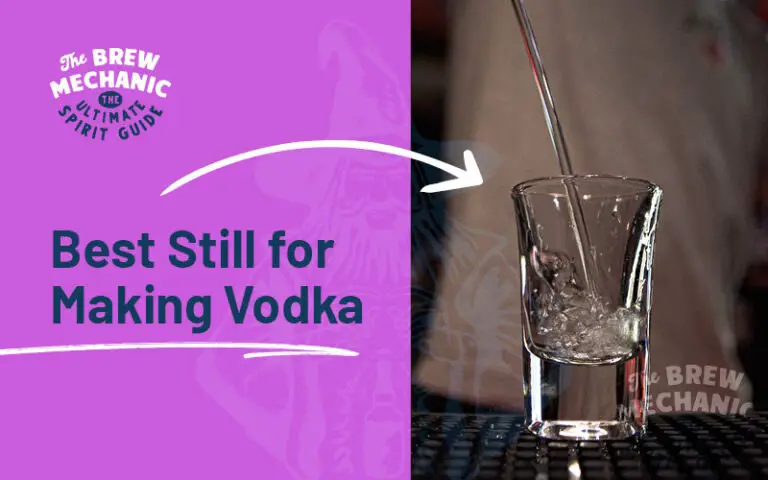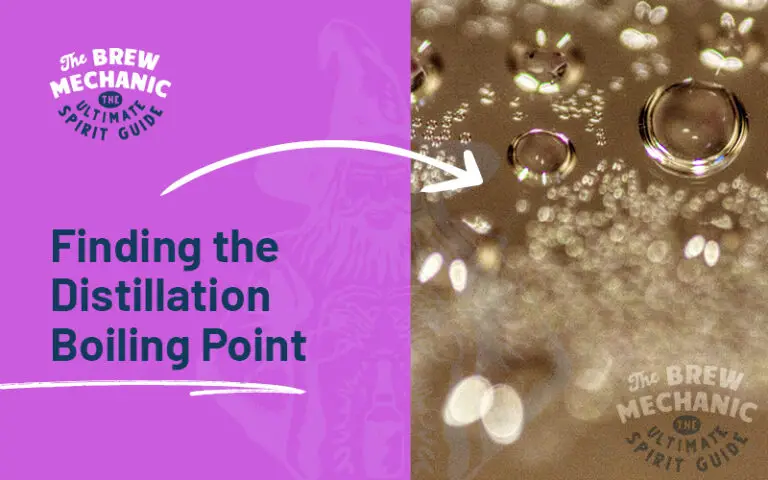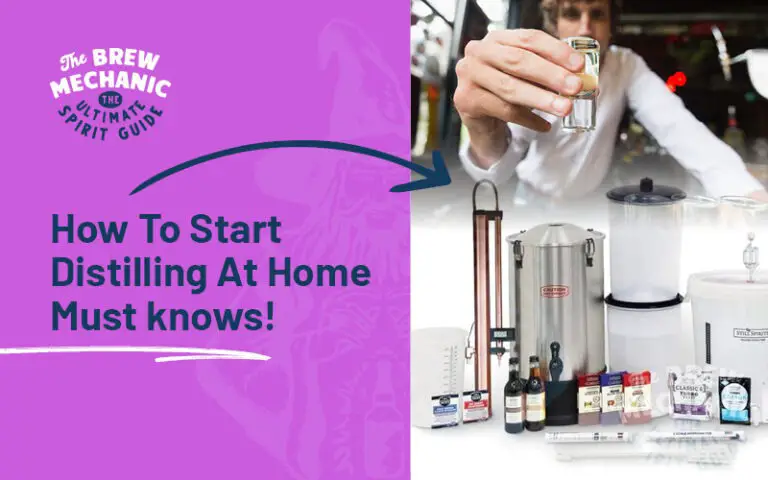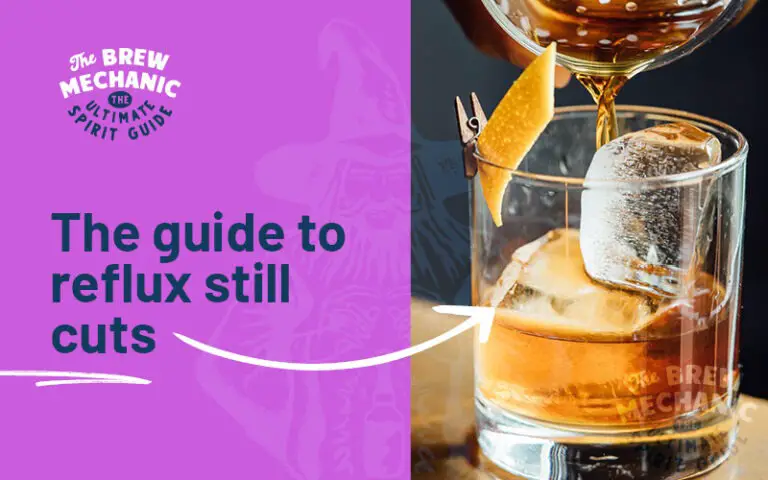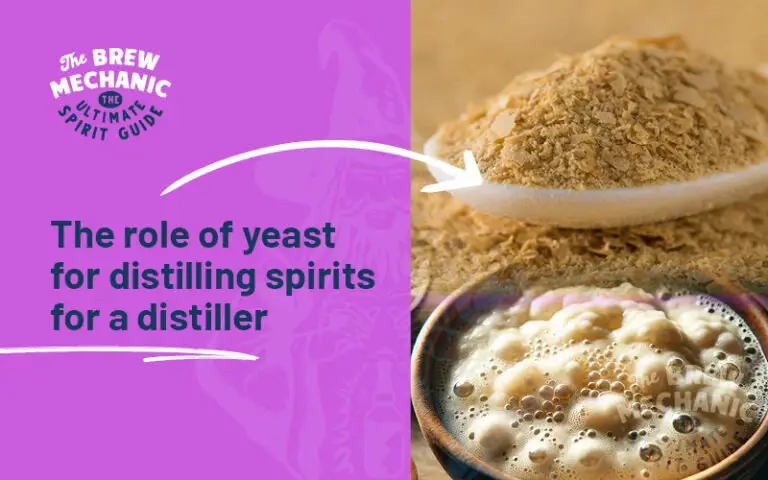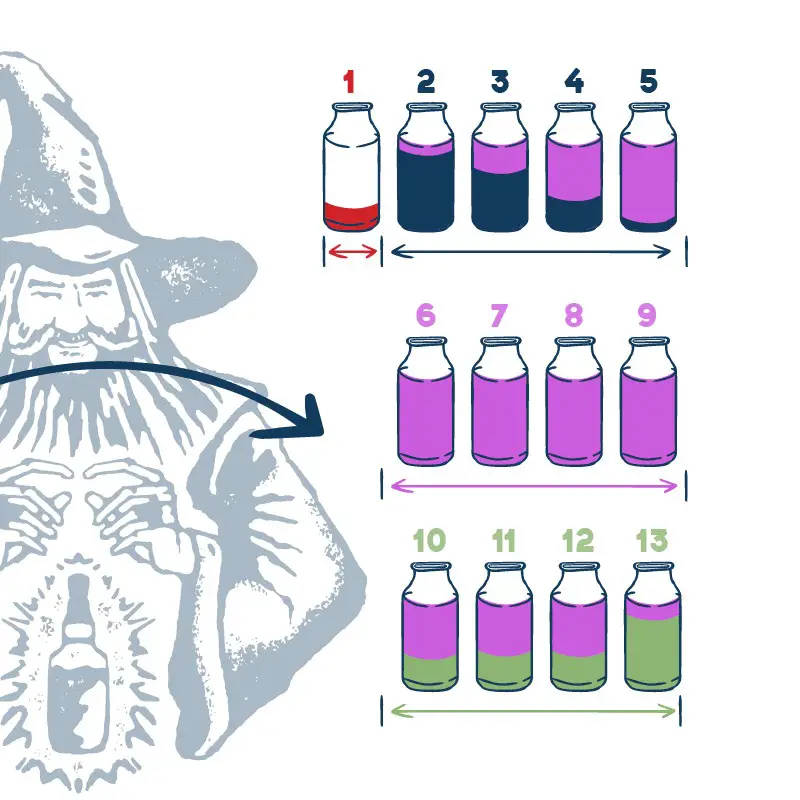Choose the right Yeast for Distilling Alcohol – Distiller Guide
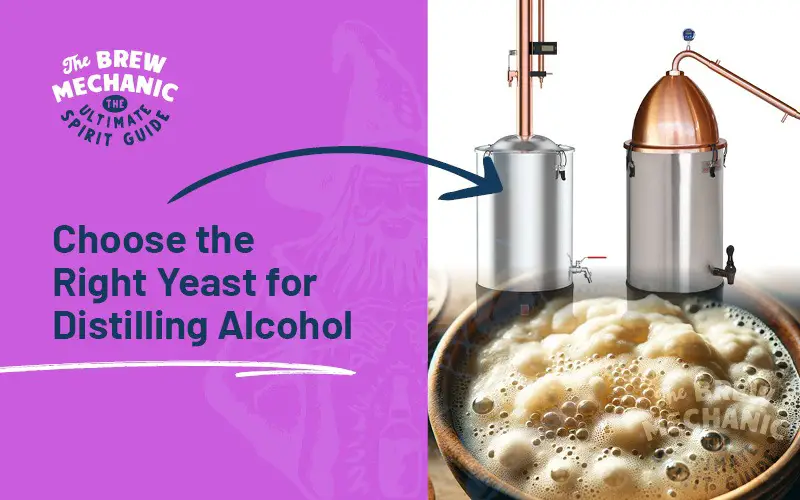
Disclaimer: This post might include affiliate links, through which I may earn a small commission without any extra cost to you. Additionally, I am an Amazon Associate and earn from eligible purchases. All the products and services I suggest are ones I have personally used or would use. Thank you very much for your support if you decide to buy through any of my links!
Come join the Distilling Squad!
Get the best fundamental tips & tricks here. Woohoo!
Yeast, a vital microorganism in the fungi family, plays a pivotal role in the production of spirits. Choosing the right yeast for distilling alcohol is crucial for the fermentation process, converting sugars into ethanol, carbon dioxide, and flavour-active metabolites.
There are various types of yeast, including distiller’s yeast, brewer’s yeast, and baker’s yeast, each having unique properties.
Understanding Distilling Yeast for a new distiller
Distilling yeast, specifically saccharomyces cerevisiae, is adept at metabolising sugar into alcohol. Its impact on the flavour of the final spirit is significant, making the choice of the right distilling yeast strain crucial.
Factors to Consider When Choosing the Best Yeast for Distilling Alcohol
Popular Distilling Yeast Strains
Selecting a readily available yeast strain is advisable. Some popular options include:
What is the Right Yeast for Distilling Alcohol
For flavours and aromas, mixing different yeast strains at various fermentation stages is an option, though it’s not recommended for beginners. Serious distillers often prefer professional-grade yeasts like Fermentis/Lesaffre or Lallemand strains. These depend on your requirements.
Diving Deeper into Yeast Strains
| Baker’s Dried active yeast – alcohol content (10% to 13%) | 25 to 30°C (77 to 86°F) |
| Distiller’s yeast – alcohol content (10% to 13%) | 20 to 34°C (68 to 95°F) |
| Turbo Yeast variants – alcohol content (15% to 20%) | can start as high as 40°C (104°F), read the instructions as they are different |
Note on Yeast Preparation
Before adding yeast to the fermenter, ensure the pH is between 4.8 to 5.5 and the mixture is well-aerated. This preparation is essential for optimal yeast performance.
From turbo yeast to distillers yeast, it’s your choice
The choice of yeast for distilling alcohol is a critical factor in the spirit-making process. Each yeast strain offers unique characteristics that can significantly impact the flavour, aroma, and quality of the final product.
Understanding these properties and choosing the right yeast for your distilling, leads to high-quality spirits that stand out in taste and character.
Our choice is baker’s bread yeast for distilling alcohol as we can control the nutrients that go into the batch plus we can control ferment if any issues arise. We create a sugar wash to use a reflux still to get a neutral spirit. Once the spirit is distilled we add essences such as whiskey, rum, or vodka.
Last Updated on Jan 06, 2024 by The Brew Mechanic
Disclosure: I may receive affiliate compensation for some of the links below at no cost to you if you decide to purchase a product or service. You can read our affiliate disclosure in our privacy policy. The information provided is for entertainment only.

With 35 years of knowledge of being a chemical engineer in alcohol manufacturing plants, my mission is to teach the next generation of home distilling alcohol brewers at a supernatural speed.
My reviews are based on real-life experiences with reflux stills, sugar wash, troubleshooting and mystical chemical reactions.
